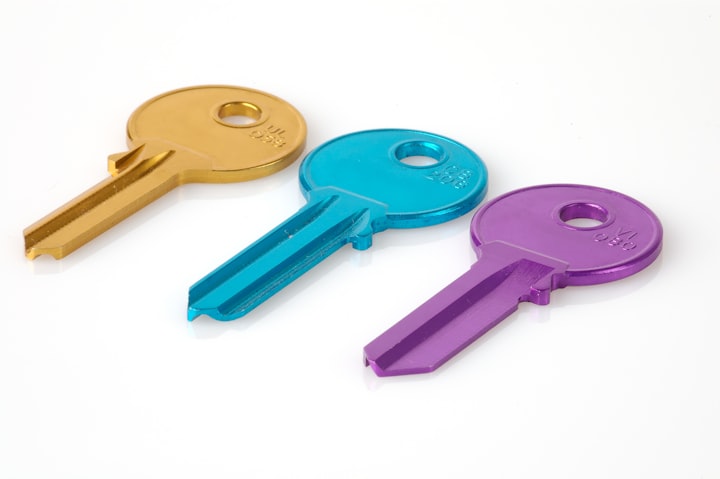Best Ways to Create Exclusive Graphical Logos for Wine Bottles
By Rebecca Siggers

Logo design is one of the crucial aspects of marketing a bottle of wine. Whether your target is a senior, sophisticated market or younger millennials, the graphical elements in your wine logo can help you draw more attention to your side of the shelf. Various things go into designing wine bottle logos. However, it all starts with inspiration and a clear vision of what you want the branding to feature. According to a survey, 80% of buyers make their purchase decision solely relying on the content of the label, which includes your logo. As such, it is essential to take your time with the labeling you give your wine bottles. Here are a few insights on how to create the best logo graphics for your wine bottles.
1. Think about your business, history, and objectives
Although the wine label's primary purpose is to attract customers, it also serves your branding. For instance, if you are a long-serving winery in the US, you should include this information to help buyers explicitly looking for US wines. It is also essential to add any features or monuments that buyers can associate with your brand. Think about your target market and what motivates them to pick a wine. You should envision the future of your brand and think about how the bottles will appear on the shelves. Ask these questions:
Do you prefer simple fonts and faces or more playful fonts and colors?
What are other competitor designs that are popular in your target area?
What wine do you produce? Do you intend to add more options in the future?
What distinguishes you from other brands?
Do you intend to use your brand colors on the bottles?
2. Use colors sparingly
Color is everything when it comes to designing logo graphics for wine bottles. The psychology of colors in branding and marketing is quite straightforward. If you have black or dark green bottles for red wine, white, green, pink and gold fonts can blend perfectly. You do not necessarily need several colors in the design. Reputable brands like Courvoisier balance a purple background with gold boundaries and white fonts on their premium cognac. However, some simple models only feature two colors and still look exquisite. You can compare standard colors that blend with the wine bottle. It is also recommendable to integrate your brand colors. For instance, if Google were to produce a bottle of wine, people would expect some green, blue, red and yellow in the label. Research your colors and the perfect density and texture.
3. Use objects and imagery
According to studies, imagery and objects are quite useful in marketing alcohol brands. Captain Morgan has a cool-looking captain and Johnny Walker has their walking man. In the wine industry, object logos are not a novelty. From puppies to snakes, buildings, oceans, mountain peaks, real human faces, and archers, there are several objects to choose from for your wine logo. They are perfect, primarily if your brand already features an object. The emblem appears boldly on the front label, so you can use eye-catchy objects to maximize the space and add other relevant information on the back label. When using objects, consider the size, colors, texture, and density.
4. Choose a matching typography
The logo graphics and images are enough to attract buyers from the next shelf. However, you need to choose fonts and faces that can easily blend into the design. For instance, the classic sans suits white wine from old wineries targeting mature markets. More calligraphic styles, on the other hand, are perfect for new wine entries that seek to capture modern millennial markets. Nonetheless, there are no rules for typography. Simply make sure you harmonize the overall appeal of your logo and label.
5. Add texture and style
Texture can help elevate your design to new heights. Depending on the type of label you are using (filmstrip, paper, embossed), you can add rough or smooth textures for more intricacy and distinction. Some wine logos only feature a textured label and bold pattern or object. You can even add texture to your fonts to make them more glamorous or deep. Texture requires consistency and minimalistic approach, so do not overdo it by slapping different textures everywhere. The best approach is to use it lightly on the backdrop, actual logo object, or fonts.
Conclusion
There are several other things you can do to design a complete wine bottle logo graphics that depict all the essential elements. It is recommendable to work with brand designers and marketers to help you come up with unique exclusive logos you can use for current and future wine series. A logo is instrumental in developing a brand identity, so you should use high-quality materials to reinforce your dedication to premium quality products. Make a logo that can easily fit on the front label, back label, cork cap, or bottle top. While the process may seem overwhelming, the best logos are simple designs that use a few colors for bold statements.





Comments
There are no comments for this story
Be the first to respond and start the conversation.